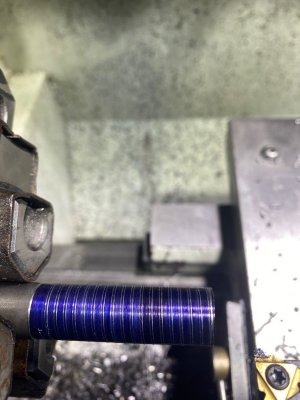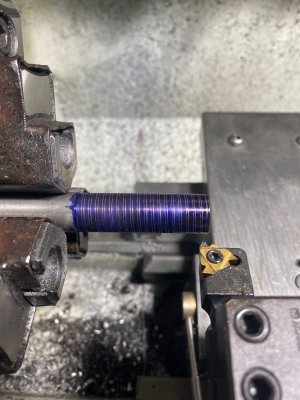- Joined
- Dec 18, 2019
- Messages
- 6,447
Totally agree with you on wear as the machine is new. Not completely sure about the rebuild, things could have gone awry there, due to an error or some alignment of all the gear shafts, or there's still some hidden damage present. It's still detective work at this point... Best we can do is suggest some diagnostic tests that might give experienced people like you a clue.I know you guys are talking backlash, but the machine is brand new, with replacement parts. so no wear on the half-nut. the gears should all be meshing correctly, so backlash from traditional sources should be minimal. When I do the forward/reverse test on my 41 year old 12"Taiwanese lathe or my 40 year old 15" LeBlond lathe, you cannot tell the difference in the forward or reverse scratch impressions.
The forward/reverse test is only to test the half-nut engagement, nothing else.
Pardon my ignorant questions, but if the lead screw pin was broken, or the lead screw can move along its axis, couldn't that give different cuts in the work piece, or yield inconsistencies? I mean, something's wrong, so we can't assume everything is working perfectly.



